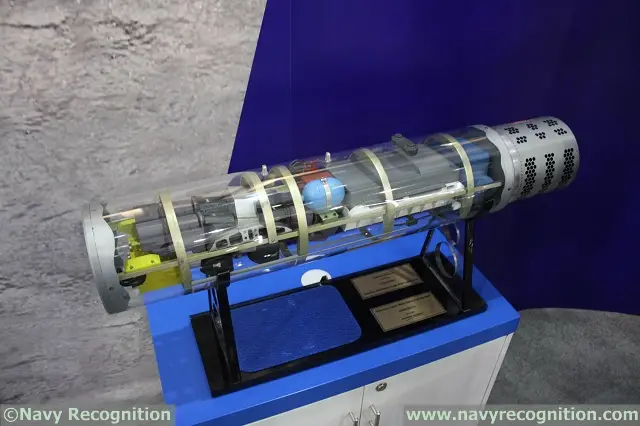 NAVAL SUPPORT ACTIVITY
BAHRAIN (Aug. 4, 2014) An MH-60S Sea Hawk helicopter from the Laser
Hawks of Helicopter Sea Combat Squadron (HSC) 26, Detachment 2, equipped
with the Airborne Laser Mine Detection System (ALMDS) conducts flight
operations. Operated from the MH-60S helicopter, ALMDS provides rapid
wide-area reconnaissance and assessment of mine threats in littoral
zones, confined straits, and choke points. The Laser Hawks began the
operational testing and demonstration of ALMDS in the U.S. 5th Fleet
area of responsibility on the system's maiden deployment. (U.S. Navy
photo by Mass Communication Specialist 2nd Class Sean Furey/Released)
NAVAL SUPPORT ACTIVITY
BAHRAIN (Aug. 4, 2014) An MH-60S Sea Hawk helicopter from the Laser
Hawks of Helicopter Sea Combat Squadron (HSC) 26, Detachment 2, equipped
with the Airborne Laser Mine Detection System (ALMDS) conducts flight
operations. Operated from the MH-60S helicopter, ALMDS provides rapid
wide-area reconnaissance and assessment of mine threats in littoral
zones, confined straits, and choke points. The Laser Hawks began the
operational testing and demonstration of ALMDS in the U.S. 5th Fleet
area of responsibility on the system's maiden deployment. (U.S. Navy
photo by Mass Communication Specialist 2nd Class Sean Furey/Released) |
Northrop
Grumman has delivered 12 ALMDS pods to the U.S. Navy through four low
rate initial production lots, and four pods to the Japan Maritime Self
Defense Force which are currently undergoing integration and test aboard
the EH-101 helicopter.
In U.S. Navy service, the ALMDS is mounted on an MH-60S helicopter.
Flying over sea lanes, it finds and geolocates mine-like objects with
its pulsed laser light and streak tube receivers by imaging, in 3-D,
day or night, the near-surface of the ocean.
The ALMDS uses pulsed laser light and streak tube receivers housed in
an external equipment pod to image the entire near-surface volume potentially
containing mines. ALMDS is capable of day or night operations without
stopping to stream out or recover equipment and without towing any equipment
in the water. With unteathered operations, it can attain high area search
rates. This design uses the forward motion of the aircraft to generate
image data negating the requirement for complex scanning mechanisms
and ensuring high system reliability. ALMDS also provides accurate target
geo-location to support follow on neutralization of the detected mines.
The ALMDS pod is mechanically attached to the MH-60S with a standard
Bomb Rack Unit 14 (BRU-14) mount and electrically via a primary and
auxiliary umbilical cable to the operator console. Data is stored on
a mass memory unit for post mission analysis. The operator's consol
is common to all MH-60S AMCM systems.
A Northrop Grumman representative at NAVDEX explained to Navy Recognition
that the ALMDS may be fitted other platform than the MH-60 or EH-101,
and confirmed that it should not be a problem to instal it on NH90 helicopters. |
 ALMDS
model showcased on the Northrop Grumman stand during at NAVDEX 2015
ALMDS
model showcased on the Northrop Grumman stand during at NAVDEX 2015 ALMDS
model showcased on the Northrop Grumman stand during at NAVDEX 2015
ALMDS
model showcased on the Northrop Grumman stand during at NAVDEX 2015